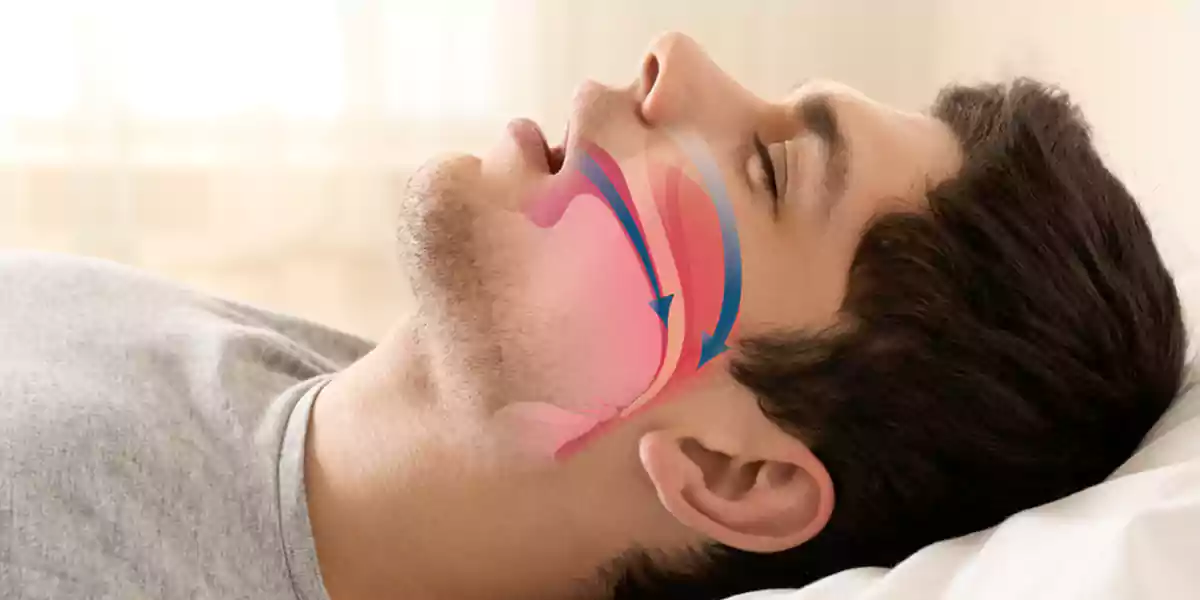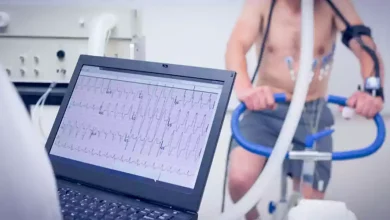What Is Sleep Apnea? All You Need To Know

Abnormally reduced breathing during sleep characterises sleep apnea, a sleep condition. If not addressed, these disturbances lower the quality of sleep and may have adverse affects on your health.
Many people with sleep apnea go untreated because they are simply ignorant of the symptoms they experience during the night. However, you can treat this condition by learning about the many types, symptoms, causes, and therapies available for this problem.
Sleep apnea is one form of the sleep-related breathing disorders, a collection of conditions characterised by periodic interruptions in breathing while sleeping.
Repeated short interruptions in breathing during sleep characterise the condition known as sleep apnea. Even if these interruptions lead sleepers to awaken at irregular intervals and lessen the quality of their sleep, they may not completely awaken and continue to be unconscious that their breathing is abnormal during the night.
Sleep apnea is classified into numerous subtypes according to the underlying medical condition that triggers the pauses in breathing during the night.
Obstructive Sleep Apnea
When the airway at the back of the neck gets narrowed or closed during sleep, a condition known as obstructive sleep apnea (OSA) develops. Awakening, tightening the throat muscles, and taking multiple gasps or deep breaths—often accompanied by soundslike snorting or choking—are common reactions to airway blockage.
The majority of people who suffer from sleep apnea have obstructive sleep apnea. It’s believed that between 10% and 30% of adults in the United States are living with this condition, yet many cases go undetected.
Central Sleep Apnea
When you have central sleep apnea (CSA), your brain and your breathing muscles don’t interact with each other like they should. This might cause pauses in breathing or shallower breaths.
When opposed to obstructive sleep apnea, the incidence of central sleep apnea is far less common. Approximately 1% of the population is thought to have CSA.
Signs You Might Have Sleep Apnea
Sleep apnea symptoms include not just the daytime effects of poor sleep quality but also the nightly repercussions of irregular breathing.
The Signs of Obstructive Sleep Apnea
Obstructive sleep apnea symptoms include:
- Syndrome of excessive daytime drowsiness
- Snoring that is so loud that it is regularly interrupted by gasping or choking noises.
- Morning headaches that might last for hours
- Waking up with a dry tongue
- Lack of deep sleep interspersed with frequent awakenings
- Having to get up more frequently to urinate
- Fury or annoyance
- Depleted mental reserves
- While certain signs of obstructive sleep apnea are obvious to the affected individual, others may go undetected for some time. A person’s bed companion may be the first to point up issues like snoring or irregular breathing patterns.
- The symptoms of obstructive sleep apnea are not specific enough to identify the disorder on their own.
The Signs You Might Have Sleep Apnea
Sleep apnea symptoms include not just the daytime effects of poor sleep quality but also the nightly repercussions of irregular breathing. Occlusive sleep apnea cannot be diagnosed only on the basis of symptoms since many of these symptoms might be brought on by other medical conditions.




